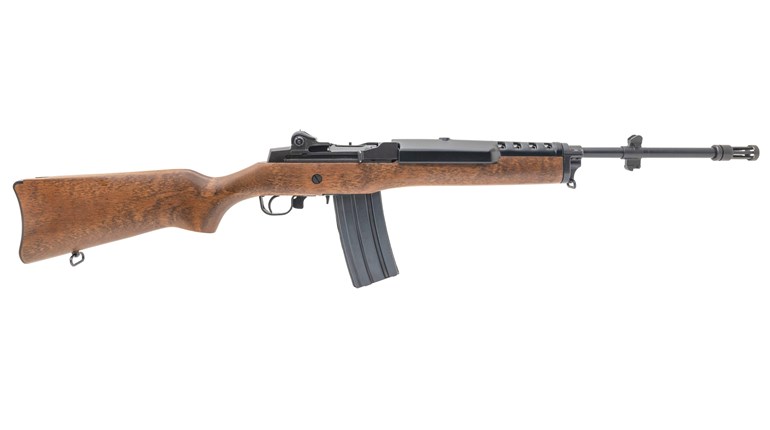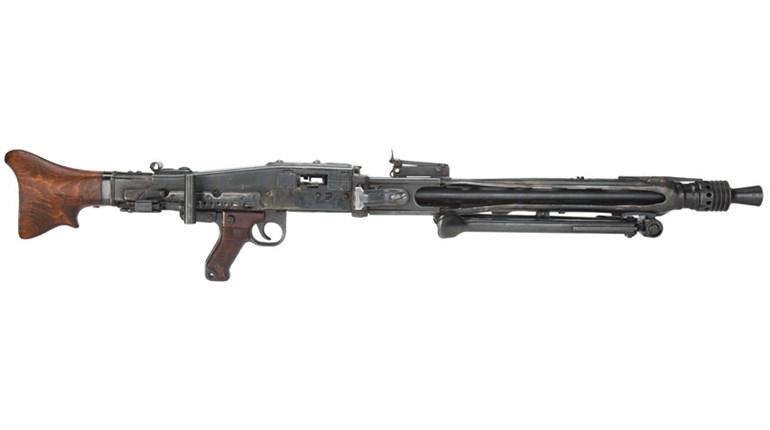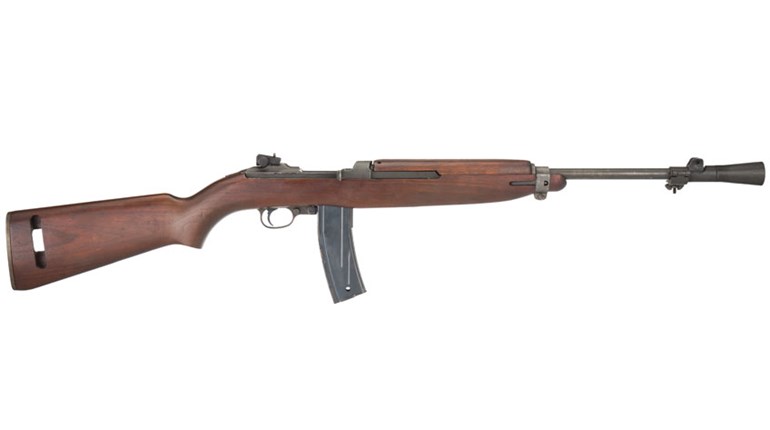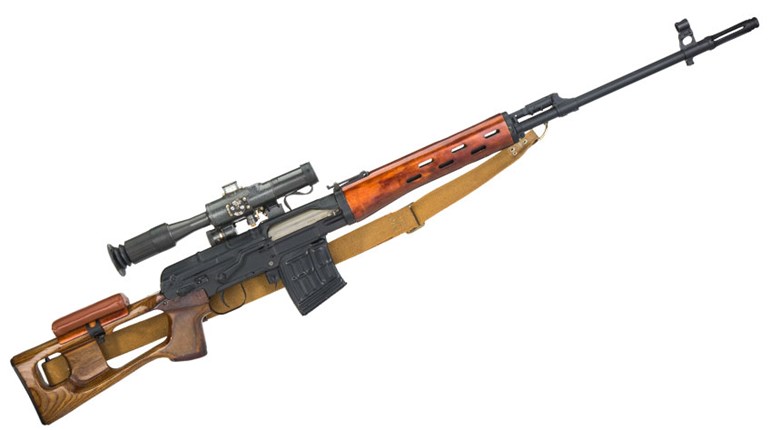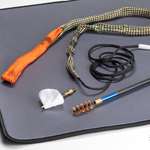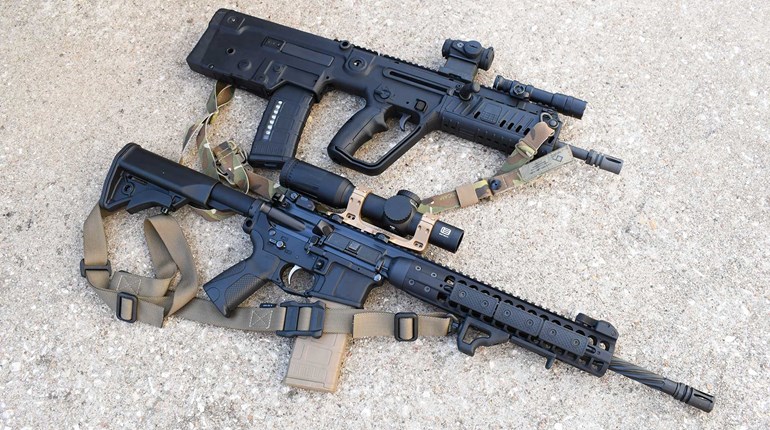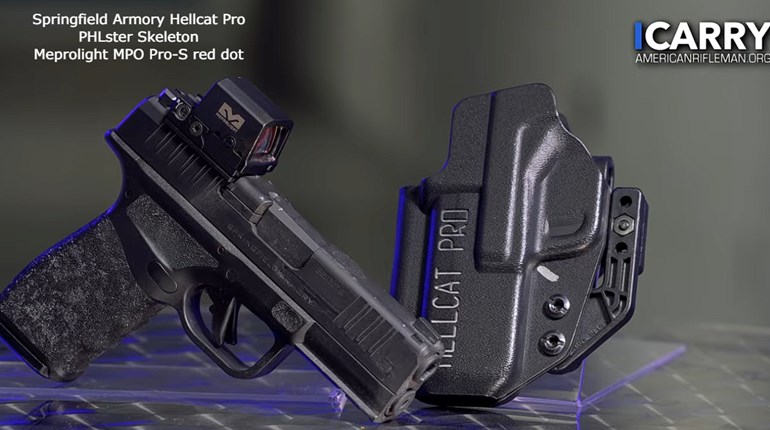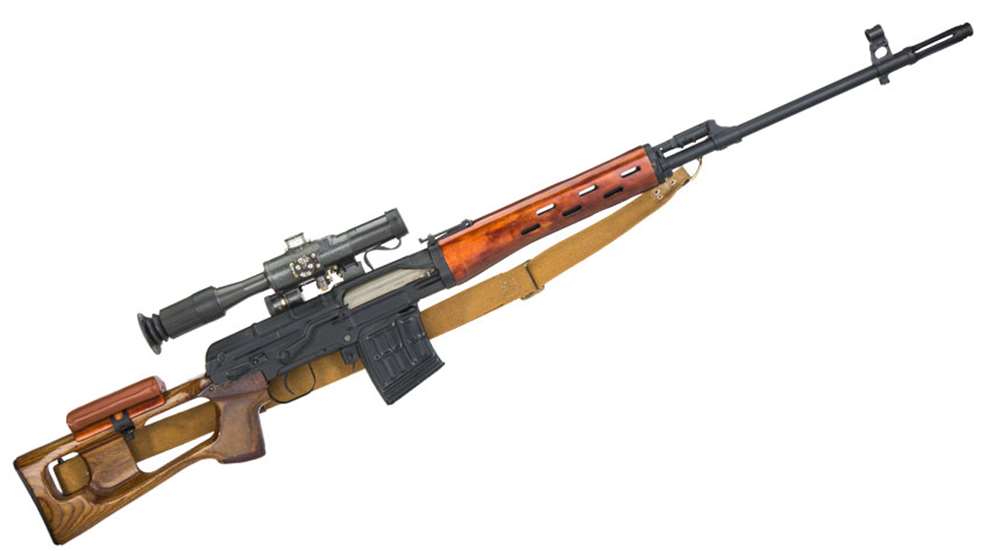
Echoes of the Cold War are all around us every day. The B-52 Stratofortress is still flying, the Tupolev Tu-95 Bear is still flying and the Russians are still using it to probe U.S. airspace as if it was still 1961. From the way their warships continue to confront ours in international waters, you wouldn’t be wrong to think that the 21st century is playing from sheet music written during the 20th.
When it comes to military firearms, there are still several old Cold Warriors in service today with origins stretching back to the years just after Sputnik first circled the earth. Perhaps the most familiar example is the AR-15/M16, derivatives of which continue to arm the U.S. military more than 50 years after the design first entered service. The Russians introduced a new rifle at the same time the U.S. introduced the AR-15/M16 and, like its American counterpart, it is also still around today.
It was the world’s first true Designated Marksman Rifle (DMR) and the mere sight of it will take you back to a time when the hammer and sickle flew over the Kremlin. Although its official designation is SVD-63, it is better known by the name of the man who designed it: Dragunov.
The SVD Dragunov was born out of necessity when the Soviet Army identified a need for an infantry weapon that could “close the gap” in ranges that existed between belt-fed machine guns and assault rifles. A scoped, semi-automatic rifle capable of at least 2-MOA accuracy out to 800 meters would be able to do what the Kalashnikov could not and would provide an infantry squad something it badly needed, so a specification was issued in 1958 for design submissions.
The rifle would have to be not only accurate, but also lightweight—close to the same weight as an AK in fact. It would have to be able to engage human-size targets at 600 meters, and reaching out that far would mean it would have to be chambered for the 7.62x54 mm R cartridge. Three Russian ordnance engineers submitted designs: Sergei Simonov, Aleksandr Konstantinov and Yevgeny Fyodorovich Dragunov.
A veteran of the Great Patriotic War and project engineer with the Izhevsk Machine-Building Plant, Dragunov was the youngest designer of the three. His previous work was mainly in sporting and civilian target rifles, so he had experience—just not in the design development of military small arms. Nevertheless, in 1963 the rifle he submitted was chosen under the official designation Snáyperskaya Vintóvka sistém’y Dragunóva obraz’tsá 1963 goda, meaning “Dragunov Sniper Rifle System Model 1963” or simply SVD-63.

The Dragunov rifle that entered Soviet Army service in 1964 and went into serial production in 1965 at Izhevsk is a semi-automatic feeding from a 10-round, detachable-box magazine that operates using a short-stroke gas piston with a two-position, adjustable gas regulator. A rotating, three-lug bolt is moved into battery with each shot by virtue of the rifle’s recoil spring, which is integral to the pressed sheet-metal dustcover.
It is built on a machined steel receiver that has a safety selector reminiscent of the AK, and it is equipped with a spring-actuated bolt hold-open lug similar to the SKS. The SVD presents a distinctive appearance thanks to ventilated wooden handguards and a thumbhole buttstock that is equipped with a clamp-on cheekpiece. Its four-groove, chrome-lined, 24-inch barrel generates a muzzle velocity of 2,723 fps, and a four-prong birdcage-type flash suppressor caps the muzzle. Although the SVD came from the factory with fully adjustable front and rear sights, the rifle was designed to use a scope that, in the early 1960s, represented the state of the art for optical gun sights: the PSO-1.
Produced for the Dragunov by the Novosibirsk Instrument-Making Plant, the PSO-1 is a 4x24 mm optic with a battery-powered, illuminated reticle that provides a stadiametric rangefinder, bullet-drop compensation (BDC) and passive infrared detection capability. It mounts on the rifle by means of an integral scope rail on the left side of the receiver.
Together, the SVD and the PSO-1 provided the Soviet Union with precisely the type of capability it needed. During the closing decades of the Cold War, it served effectively and created a reputation that, to the West, seemed ominous and intimidating. Like its contemporary the AR-15/M16, the Dragunov evolved along with the changing circumstances and technology of the modern battlefield, proving it to be an adaptable design, too.
During the 1970s, the gun’s rifling changed from 1:12-inch twist to 1:9.4-inch so it could fire a wider variety of 7.62x54 mm R loads. In the 1980s, polymer furniture replaced the wood and then ultimately improved optics replaced the PSO-1. A bullpup version of the rifle was developed, as well as a shortened version with a folding buttstock for use by mechanized and airborne forces.
Although the USSR is no more, the modern SVD remains in service around the world to this day, and it reminds us that the Cold War is still with us in many ways.












